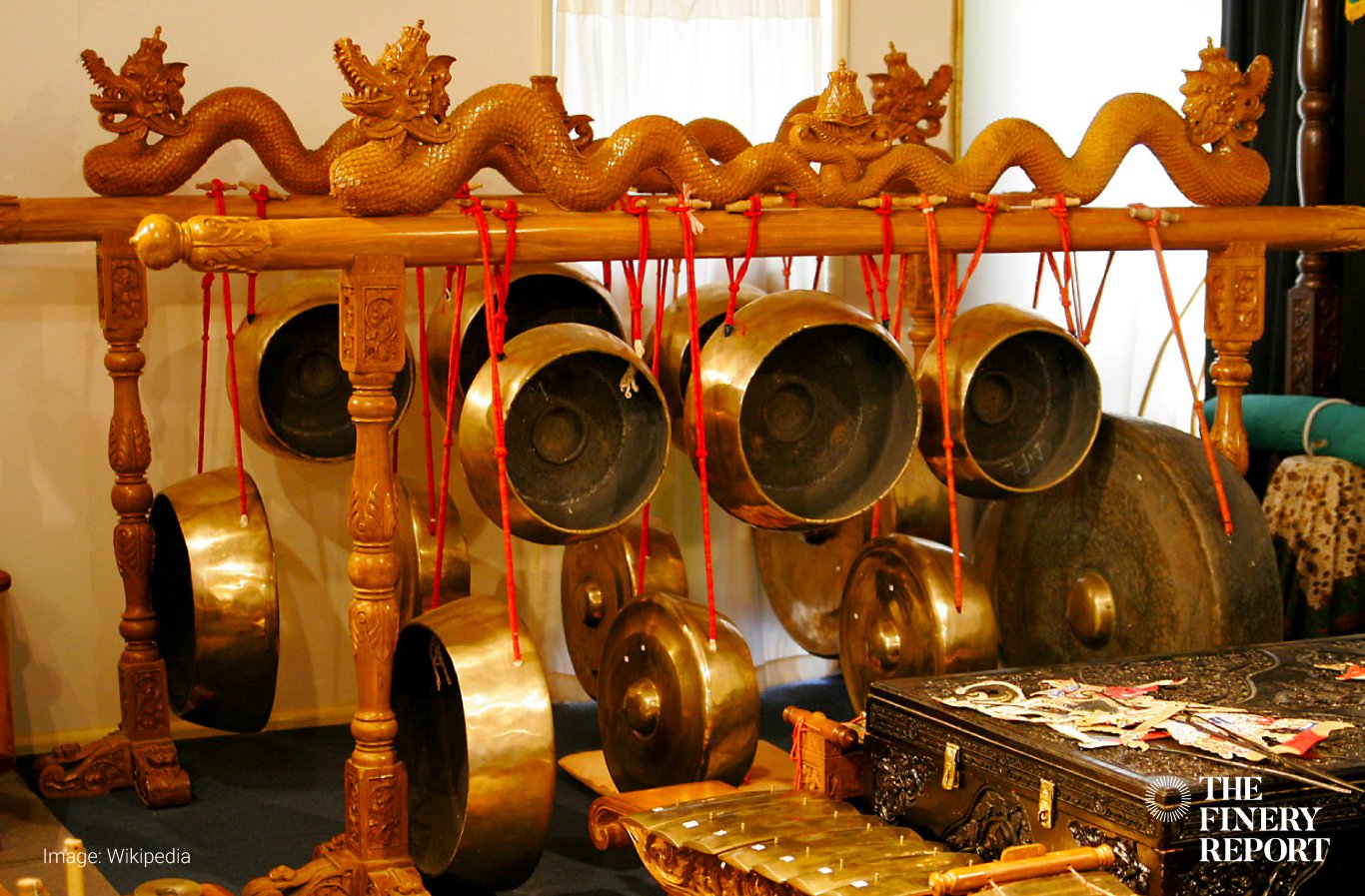UNESCO recognises gamelan as the 12th intangible cultural heritage from Indonesia
UNESCO at the sixteenth session of the Intergovernmental Committee for the Safeguarding of the Intangible Cultural Heritage that is currently held in Paris added gamelan to its intangible cultural heritage list.
President Joko Widodo on 15 December announced this news via his Instagram account, saying that Indonesia will continue its efforts to preserve gamelan through formal and non-formal education and training.
“I warmly and proudly welcome this appointment. Gamelan has long been a part of the daily life of people in various regions in Indonesia. [It] continues to be studied, developed and passed down from generation to generation. Gamelan also inspires and influences the world’s music,” he wrote in the caption.
Gamelan is the twelfth Indonesian culture in the UNESCO intangible cultural heritage list. Wayang, keris, batik, batik education and training, angklung, saman dance, noken, three traditional dance genres of Bali, the art of phinisi shipbuilding, pencak silat and pantun were added to the list earlier.
Gamelan is a traditional musical instrument that can be found in various regions in Indonesia, such as in Java, Bali, Madura and Lombok. Based on the depiction of the past in the reliefs of Borobudur and Prambanan temples, the musical instrument is likely to have existed in Java since 404 AD.
Gamelan is not only used as an instrument for artistic performance, but also for various traditional activities and religious rituals. Therefore, UNESCO noted the value and philosophy of gamelan as a means of cultural expression as well as to build a connection between people and the universe.
“UNESCO also recognises that the gamelan, which is played in an orchestra, teaches the values of mutual respect, love and care for one another,” said Director General of Culture Hilmar Farid.

